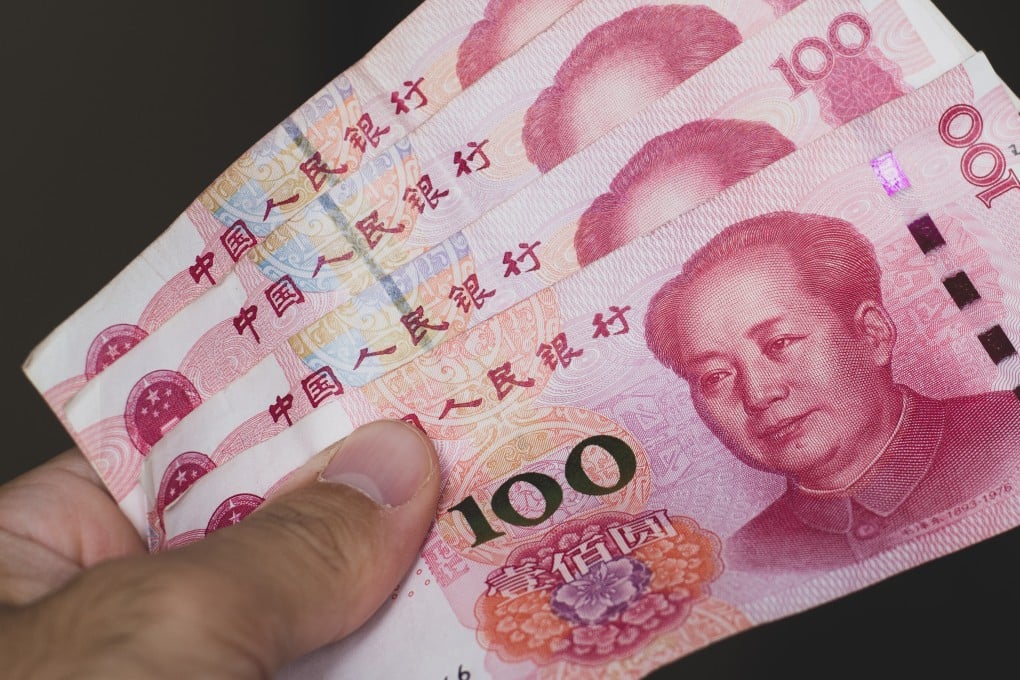Advertisement
China debt: ‘under pressure’ local governments racked up US$2.3 trillion in hidden debt last year
- China’s local governments had 14.8 trillion yuan (US$2.3 trillion) of hidden debt last year, according to Liu Lei, a senior researcher at the National Institution for Finance and Development
- Local governments were under pressure to increase infrastructure investments and shore up growth last year through the coronavirus pandemic
Reading Time:2 minutes
Why you can trust SCMP
4

China’s local governments had 14.8 trillion yuan (US$2.3 trillion) of hidden debt last year, and the figure could climb even further this year, according to a government-linked think tank.
Local governments were under pressure to increase infrastructure investments and shore up growth through the coronavirus pandemic, leading to a 6 per cent rise in off-budget borrowing from a recent low of 13.9 billion yuan (US$2.1 trillion) in the third quarter of 2019, according to Liu Lei, a senior researcher at the National Institution for Finance and Development.
The hidden debt is comprised of funds raised by government-related entities for infrastructure and other public projects, and carry an implicit official guarantee of repayment. Bonds sold by local government financing vehicles, or LGFVs, are one such example of how provincial authorities raise money to increase spending without including it on their official balance sheets.
Advertisement
China has vowed to stabilise its macro leverage ratio and lower the government debt ratio this year to rein in risks. This could be hard to achieve as on-budget spending is not sufficient to cover the investment needed to drive the economy’s targeted growth by 2035, said Liu, whose organisation is under the influential state-run Chinese Academy of Social Sciences and advises the government.
Local governments will find ways to increase hidden debt because they are under pressure to expand investment
“Local governments will find ways to increase hidden debt because they are under pressure to expand investment,” said Liu.
Advertisement
Advertisement
Select Voice
Choose your listening speed
Get through articles 2x faster
1.25x
250 WPM
Slow
Average
Fast
1.25x